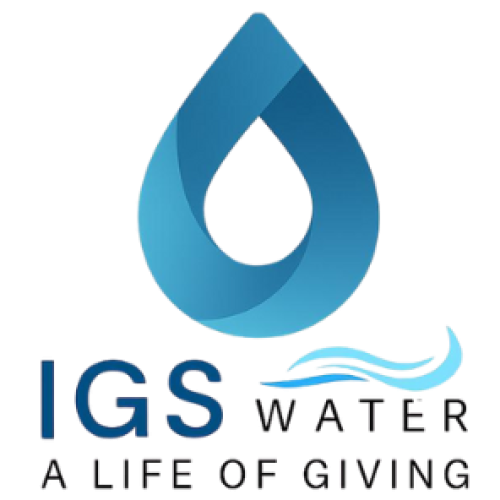Maintaining water quality is essential for environmental sustainability, industrial efficiency, and public health. As water systems face increasing pressure from pollution, climate change, and growing demand, the need for accurate, real-time monitoring has never been more critical. Enter water quality monitoring sensors—smart, data-driven tools that are transforming how we manage and protect our water resources.
What Are Water Quality Monitoring Sensors?
Water quality monitoring sensors are advanced devices engineered to continuously track and analyze key water parameters. Deployed in natural water bodies, reservoirs, and treatment facilities, these sensors provide real-time insights into water conditions, enabling early detection of issues and ensuring compliance with regulatory standards.
Key Features and Capabilities
These sensors are designed to monitor a wide range of water quality indicators, including:
- pH Levels – Measures acidity or alkalinity, crucial for aquatic ecosystems and chemical stability.
- Dissolved Oxygen (DO) – Indicates the oxygen available for aquatic life and biological processes.
- Turbidity – Assesses water clarity and the presence of suspended solids or contaminants.
- Conductivity – Reflects the concentration of dissolved salts and minerals.
- Temperature – Influences chemical reactions, microbial activity, and overall water chemistry.
How Do They Work?
Equipped with cutting-edge technology, modern water quality sensors offer:
- Real-Time Data Analysis – Immediate feedback for proactive decision-making.
- Remote Accessibility – Monitor water conditions from anywhere, reducing the need for on-site visits.
- Automated Cleaning Controls – Ensures sensor accuracy and reduces maintenance.
- Digital Communication & Trend Analysis – Facilitates data sharing and long-term environmental monitoring.
Why It Matters
Smart water monitoring is more than just a technological upgrade—it’s a commitment to sustainable water management. By enabling early detection of pollution, optimizing treatment processes, and supporting data-driven policies, these sensors play a vital role in securing clean water for future generations.

